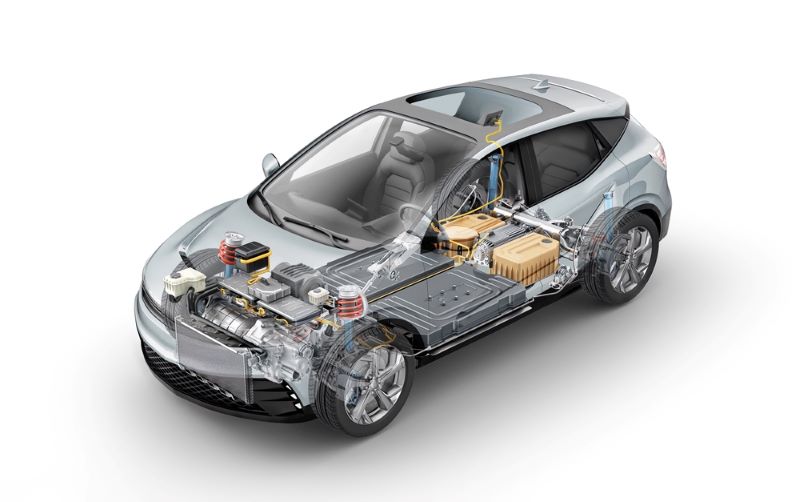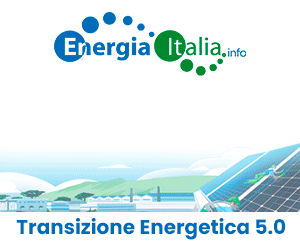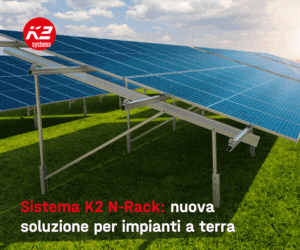Residential and commercial buildings account for 35 to 40 percent of total energy consumption worldwide. Commercial buildings, in particular, consume large amounts of energy related to heating/ventilation/air conditioning (HVAC), lighting, water heating, and other building systems. Efforts to reduce energy consumption and greenhouse gas emissions have led to increasing deployments of energy efficiency retrofits for commercial and public buildings. According to a new report from Navigant Research, the worldwide market for energy efficiency retrofits in commercial and public buildings will grow from $68.2 billion in 2014 to $127.5 billion by 2023.
“Because the existing building stock dwarfs the amount of new building space being added on an annual basis, energy efficiency retrofits are a critical pathway to greening the world’s commercial buildings,” says Eric Bloom, principal research analyst with Navigant Research. “Enrollment in voluntary green building certification programs has been on the rise around the world, even as regulatory and policy measures in a growing number of regions provide strong support for energy efficiency retrofits.”
One key question within the building retrofit industry is the initial reason or motivator for pursuing energy efficiency retrofits. The vast majority of building owners and managers who decide to complete an energy efficiency retrofit are motivated primarily by system replacements rather than the motivation to improve efficiency, according to the report. Navigant Research estimates that approximately 15 percent of all energy efficiency retrofits are initiated with increasing energy efficiency as the primary motivator, while the remaining 85 percent of energy efficiency retrofits are initiated for other reasons.
































